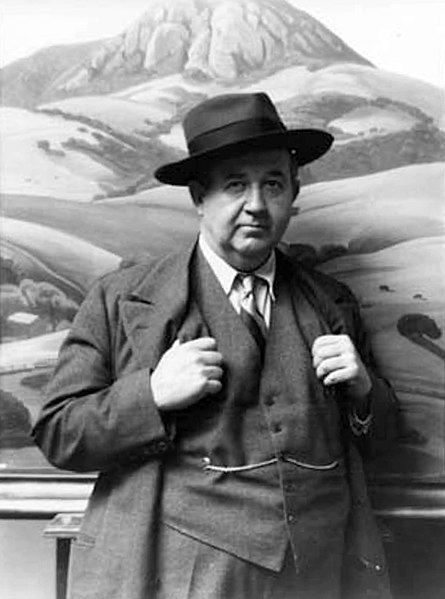Public Works of Art Project
The Public Works of Art Project (PWAP) was a New Deal work-relief program that employed professional artists to create sculptures, paintings, crafts and design for public buildings and parks during the Great Depression in the United States. The program operated from December 8, 1933, to May 20, 1934, administered by Edward Bruce under the United States Treasury Department, with funding from the Federal Emergency Relief Administration.
Negro Mother and Child (1934) by Maurice Glickman, commissioned by PWAP and installed at the Stewart Lee Udall Department of the Interior Building in 1940
Photograph of the regional directors and Washington, D.C., administrative staff of the Public Works of Art Project (1934)
Murals inside Coit Tower
Astronomer's Monument at Griffith Observatory, 1934
Edward Bright Bruce was the administrator of the New Deal art projects of the United States Department of the Treasury: the Public Works of Art Project (1933–1934), the Section of Painting and Sculpture (1934–1943), and the Treasury Relief Art Project (1935–1938). Ned Bruce was a successful lawyer and entrepreneur before giving up his business career altogether at the age of 43 to become an artist. However, like most artists during the Depression, he found it impossible to make a living making art, and he grudgingly returned to business as a lobbyist in Washington, D.C. In 1932 he joined the Treasury Department, where his expertise in monetary policy and art guided federal efforts to employ workers in the visual arts during the Great Depression in the United States.
Ned Bruce in 1919
Bruce during his tenure as administrator of the Treasury Department art projects
A Tuscan Farm (c. 1926–1931)
Oaks and Rocks—San Luis Obispo (1930)








